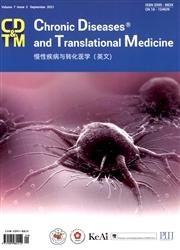Insulin and Metformin are Associated With Reduced Risk of Amyotrophic Lateral Sclerosis
Abstract
Background
Type 2 diabetes (T2D), but not type 1, protected against amyotrophic lateral sclerosis (ALS). In T2D serum insulin is normal or elevated in the early stages. Type 1 diabetes, characterized by a total lack of insulin, is associated with an increased risk of ALS. The antidiabetic metformin also protects against ALS. Connexin 43 (Cx43), an astrocyte protein, operates as an open channel via which toxic substances from astrocytes reach motor neurons to cause ALS.
Methods
In the current study we analyzed FDA MedWatch data to determine whether insulin or metformin could reduce the risk of ALS. We performed in silico molecular docking studies and molecular dynamics simulation with Cx43 to determine if insulin or metformin dock within the Cx43 channel and can block it effectively, again reducing risk of ALS.
Results
In MedWatch, Insulin use is associated with a significantly reduced risk of ALS (Proportional Reporting Ratio 0.401). Metformin use is associated with a significantly reduced risk of ALS (PRR 0.567). The Human insulin heterodimer docked within center of the Cx43 channel, effectively blocking it. Molecular dynamics simulation showed that the block is highly stable and may be responsible for the protective effect of T2D on ALS. Metformin docks within the Cx43 channel, but the relatively small size of the metformin molecule may not allow it to obstruct the passage of toxic substances from astrocytes to motor neurons.
Conclusion
MedWatch data indicate that both insulin and metformin reduce risk of ALS. The results of our in silico docking study and molecular dynamics simulation corroborate our previous findings with Cx31. Insulin docks within the open hemichannel of hexameric Cx43, potentially blocking it. Molecular dynamics simulation showed that the block is stable and may be responsible for the protective effect of T2D and insulin on ALS.


 求助内容:
求助内容: 应助结果提醒方式:
应助结果提醒方式:


